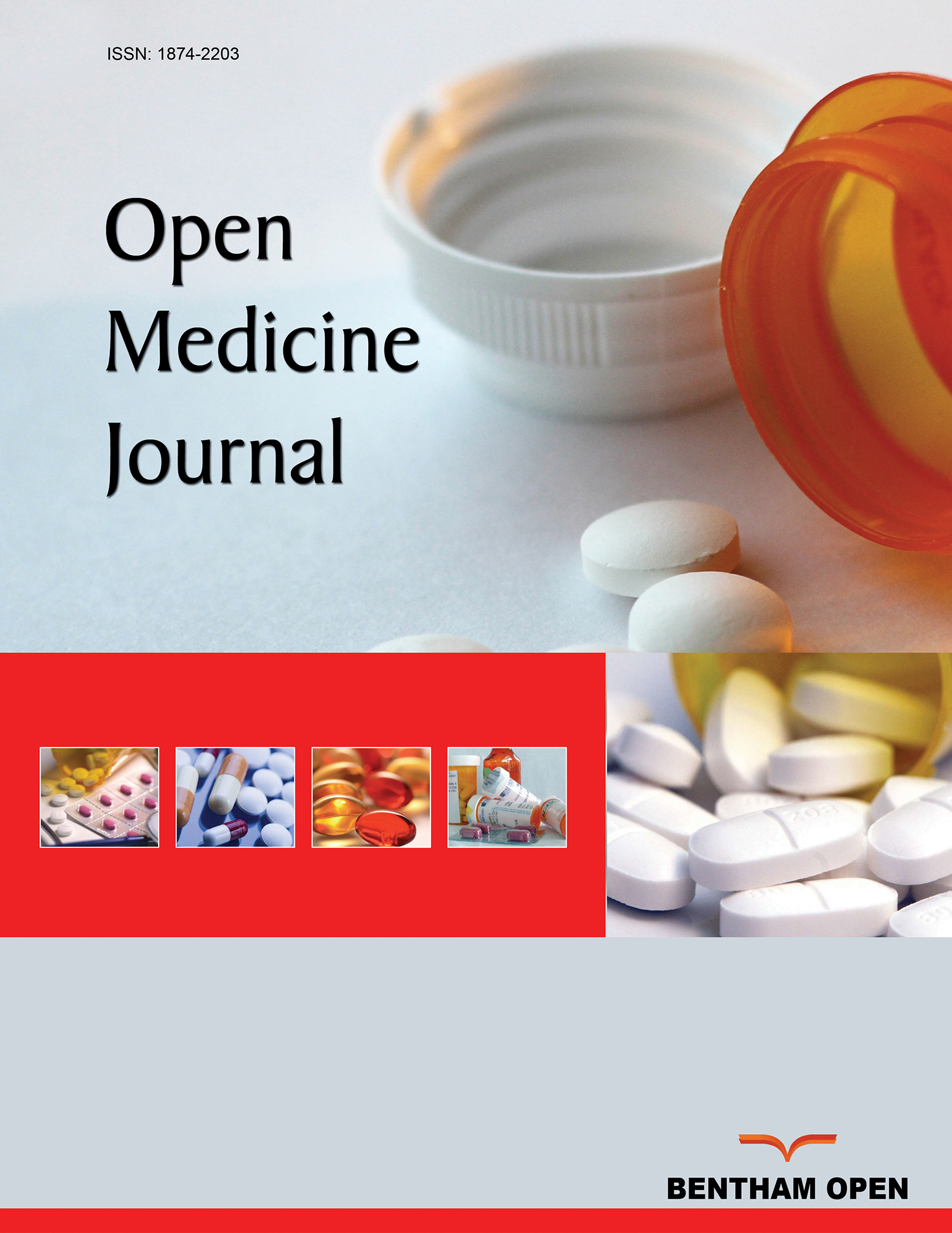All published articles of this journal are available on ScienceDirect.
Portable Medical Equipment Holder Assists Pediatric Venipuncture
Abstract
Objectives:
Phlebotomy and venous cannulation are common, technically challenging and potentiallydistressing procedures in pediatrics. The aim of this pilot study was to assess whether a novel medical equipment holdercould be a useful adjunct for venipuncture in children.
Methods:
Doctors and nurses at a district general hospital were asked to analyze the portable medical equipment holderand complete a questionnaire. The questionnaire consisted of twelve questions regarding seniority of the practitioner andtheir opinions of the device.
Results:
Fifty-three questionnaires were completed by a variety of pediatric health professionals. Overall, 98% ofparticipants rated the device as useful, 2% assumed a neutral position and no practitioner described the device as notuseful. A positive first impression was shared by 92% of the participants. A non-disposable device was preferred over thedisposable alternative. The square shape and plain colour of the prototype were considered suitable by the majority ofparticipants. Plastic was the preferred material. The modal price range suggested for a non-disposable device was £5 ($8)or less. Several modifications to the design were suggested.
Conclusion:
The portable medical equipment holder was well received by the pediatric staff. Design modifications putforward by the participants progressed to the development of an improved device. Further clinical research, preferably in amulti-centre study, is required.


